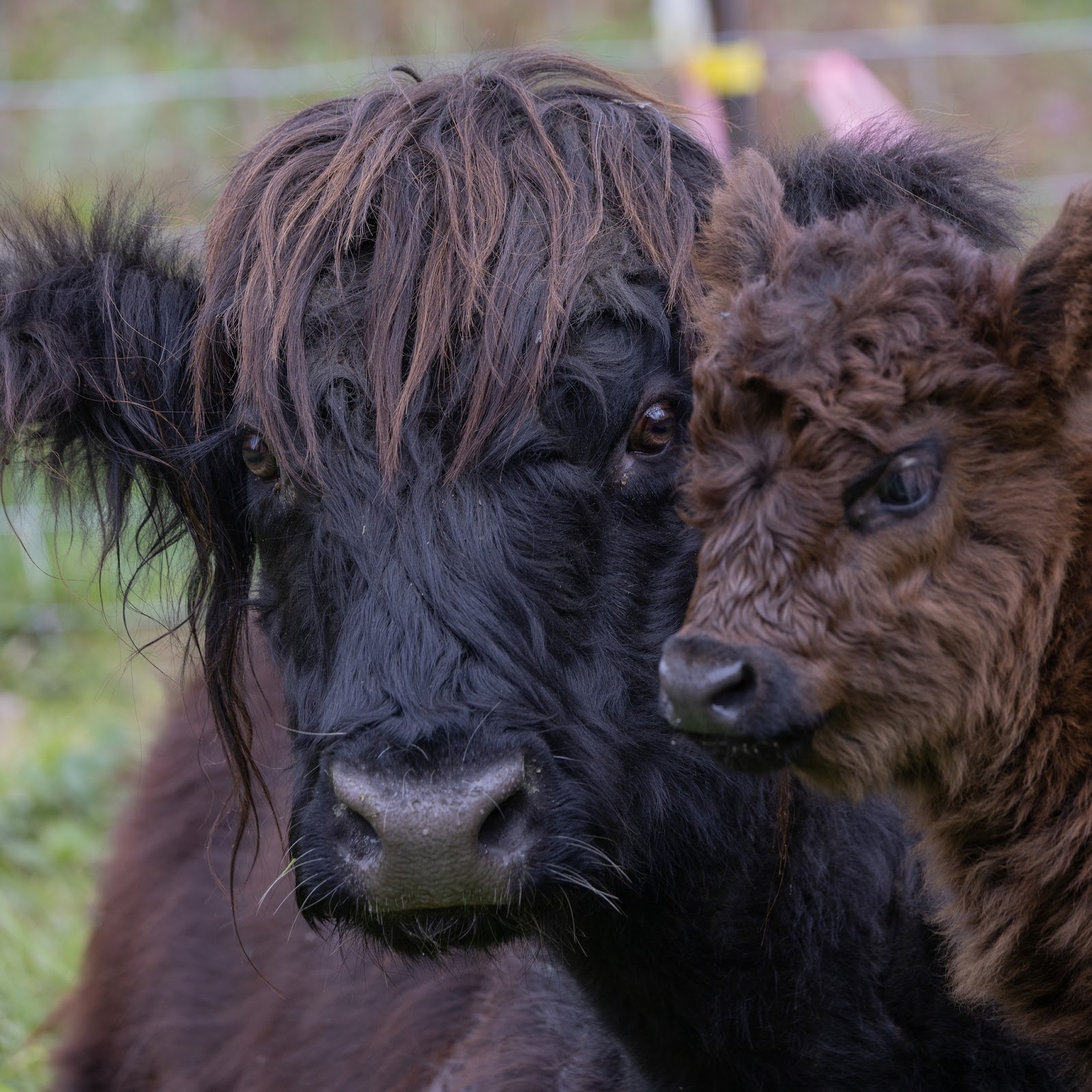What it Means to Small Cattle Operations
What is Biosecurity anyway, and how does it affect my farm
What is biosecurity, exactly? It is the means by which a breeder prevents an attack on their cattle by an infectious agent or by parasites. One web site offers this definition, “biosecurity refers to those measures taken to keep disease agents out of populations . . . or groups of animals where they do not already exist.” .
Given this definition, then, the extrapolation is that the greatest threat to a species is the same species or a closely related species that carries pathogens. Rarely is an attack waged on a species by the pathogens of an unrelated species. Therefore, a new cow might bring with it pathogens dangerous to the cattle already in the fold. But it could also pose a biosecurity threat to other ruminants on the farm.
Joan S. Jeffrey, DVM, of the University of California-Davis, outlines the three major components of biosecurity:
1. Isolation
2. Traffic Control
3. Sanitation
These three components are the building blocks for developing a biosecurity plan that fits the circumstances peculiar to each cattle breeder’s unique situation. Although there are many ways diseases can be spread between farms these are what we consider the top three that a farm owner can control:
a.) Bringing in diseased cattle or healthy cattle incubating disease (aka: not quarantining new arrivals)
b.) Visitors or workers contaminated clothing, boots, and automobiles.
c.) Feed dishes, water buckets and feeds contaminated with feces
Different farms and facilities have different quarantining practices so I won’t try to address them all. What we do at Rockin’ G Ranch is 30 days quarantine, some sources says 3 weeks is fine. If it’s a calf it can be done in a stall, if it is an adult or several adults it can be done in a paddock situation. Which ever process we use they are never brought to our farm and turned out with the general population upon arrival.
During that 30 days the buyer has a chance to learn and bond with the new arrival (s). I’ll address this a little more in “Working With New Cows During Their Quarantine” This time also allows for treating internal and external parasites or vaccinations that might be needed.
Animals in quarantine should be taken care of and fed last when making rounds on the farm. Any utensils used for them should stay in their area being careful not to contaminate feeds. Clothing, boots or other footwear should be changed/disinfected after taking care of the new arrival and if possible taken care of by one person till the end of the quarantine (number 3). And of course hand washing before and after leaving the quarantine area.
We used to ship chicks nationwide, biosecurity was much tighter than it is with our cows. Because we were a part of the NPIP program visitors were absolutely not allowed and we adhered to this 100%. With the cattle it is a little more lenient. We welcome visits for a prospective purchase from local buyers, however, we do not allow visitors to walk our pastures or barn area, areas where our cattle walk and graze.
We always suggest videos and pictures and will send as many as is needed for our buyers. If a visit is what you need then we will schedule a physical visit instead of virtual visit.
Sometimes you can do everything right and still end up with a communicable disease such as warts, pink eye, ringworm and others that can go unseen until the new comer has already been added to the general population. But you can rest assured you have done everything you could to avoid exposing your precious cattle to unnecessary pathogens. Most of the time you are going to catch these things during the 30 days quarantine. If you currently do not have a biosecurity plan in place, this probably sounds like a lot. It really isn’t, it is pretty minimal if your cattle’s health is important.
If you don’t have a plan, isn’t today a good day to start one?
Written by:
Nellie Gisbrecht
Owner at Rockin’ G Ranch


